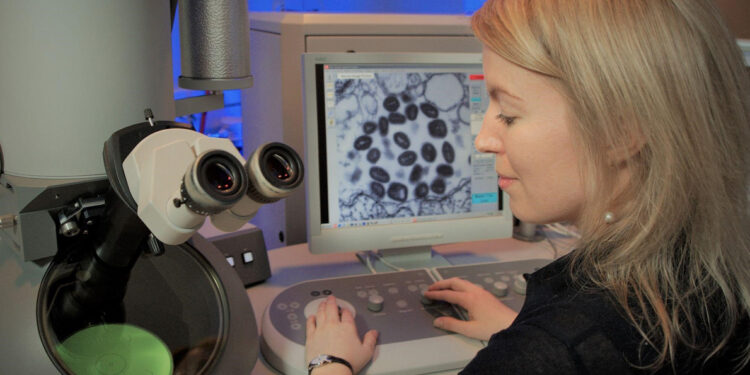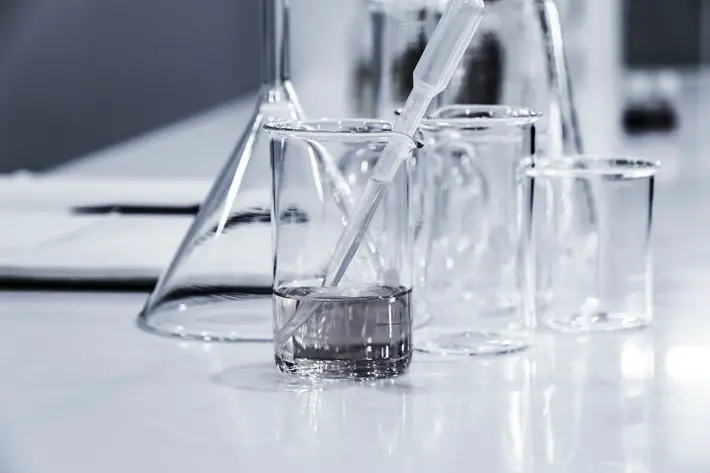Stem Cell Therapy Basics. What Is the Source of Stem Cells for the Treatment?

Stem cell research and therapy have provided one of the most revolutionary opportunities for medical treatment. It can treat various health conditions, even those traditionally challenging to manage.
These cells are able to repair and regenerate damaged tissues and reduce inflammation due to their intrinsic properties. However, there are many different kinds of stem cells that can be found in the human body, and it can be unclear where the ones used for treatment are obtained. As well, there is an ethical point associated with their use.
In this article, we will talk about where these cells come from for therapy, as well as analyze some of the prejudices and concerns associated with this approach.
A brief overview of human stem cells
If you’re ever considering going to a stem cell hospital for treatment, it can be helpful to know as much as you can about stem cells (SCs), what makes them different from regular cells, and how they work in therapy.
SCs are cells that are yet to develop into a final form; that is to say, they are undifferentiated. However, when tissues or organs are damaged, these undifferentiated cells can turn into the type of cell necessary to repair that tissue, or to stimulate its healing indirectly. Let’s see how they do it.
Properties of stem cells
The benefits of stem cells arise from their natural properties, of which several are the most important:
1. Self-renewal: They are able to divide themselves in order to produce more identical SCs. This means that locations in the body with stem cells essentially never run out of them.
2. Potency: These cells are able to differentiate into various other types of cells. There are different levels of potency, but research focuses mostly on totipotent (capable of differentiating into any cell) and pluripotent (capable of differentiating into most cell types) human stem cells.
3. Paracrine mechanisms. They also release factors that affect surrounding cells and make them regenerate injured tissue. This is the so-called paracrine effect.
4. Homing. This refers to the ability of SCs to migrate to the site of injury where they launch or improve the process of regeneration.
Therapeutic use of stem cells
Stem cell research aims to improve how these properties of SCs can be used to treat certain medical conditions in humans. There has been a lot of success in this space.
While transplanting these cells from the bone marrow of one person to another in the treatment of blood disorders is perhaps the most established stem cell therapy, there are many other therapeutic strides being made.
Mesenchymal stem cells (MSCs), for instance, are most frequently used in regenerative medicine to repair several types of tissues. This spreads on tissues that do not naturally regenerate, such as nerve tissue. Difficult conditions that MSCs have been shown to help with include multiple sclerosis, Parkinson’s disease, post-stroke, Alzheimer’s disease, osteoarthritis, lung diseases, and other conditions accompanied by inflammation, ischemia, and loss of the tissue.
Stem cells for drug testing
Another exciting opportunity that SCs are able to provide is in the field of drug development. Typically, new medications are tested on patients suffering from that condition. However, a sample of tissue with that disease can be cultured and grown with stem cells. The drug can be tested on that sample, instead of on a person.
It is still difficult to find a list of medications developed using stem cells. However, major companies like Roche and GlaxoSmithKline have shown interest in integrating SCs into their drug development process. This may resolve the ethical conflict of using animals or humans for these purposes.
Sources of stem cells for regenerative medicine
These cells can be broadly divided into adult and embryonic stem cells. When it comes to therapeutic purposes though, adult SCs are used in almost all cases, due to ethical issues surrounding the use of embryonic cells, since they have to be harvested from an early embryo. The same applies to fetal cells — derived from the fetus. Decent stem cell clinics never use the biomaterial of an unborn person.
Adult SCs, with a focus on mesenchymal stem cells specifically, can be sourced from various tissues in the body, including the bone marrow, adipose tissue, the umbilical cord, the placenta, and more.
Whether these cells are the patient’s own or donated?
The SCs used for therapy can be derived from the patient themself (autologous), or from a donor (allogeneic). If a donor is going to be used, depending on the concept of treatment, they may be donated by a close relative such as a parent or sibling.
However, the very often preferred option is an already prepared cell-based drug from non-relative donated tissues, as it requires weeks to grow cells and make the product for the therapy.
What is the best source of stem cells for the therapy?
While human stem cells can be derived from most tissues in the body, harvesting them from some tissues is preferable to others. The best two sources for MSCs are the bone marrow and adipose tissue if we are talking about autologous material. In the case of donor cells, the placenta and umbilical cord have the greatest potential for treatment.
MSCs from the bone marrow can differentiate into a wide range of different cells and have been studied extensively. However, the harvesting process can be quite painful.
Adipose-sourced MSCs are a great option, especially for autologous stem cell transplants due to the fact that a single sample of adipose tissue may contain up to 500 times the amount found in the bone marrow. The harvesting process is also very straightforward.
As for the placenta and the umbilical cord, they have great potential, because their stem cells are the youngest and most powerful. In addition, the sampling of the material is not associated with any ethical issues, because it only uses biological waste.
The advantages of stem cell transplantation
There are many benefits to using cell transplantation as a treatment method. These include the following:
● Can treat a variety of challenging conditions: A major advantage of stem cell therapy is that it can be used for conditions that have no definitive treatment method.
● Relatively high safety: Stem cell transplants have a very low risk of side effects or complications.
● Reduces the need for invasive procedures: A surgical operation is invasive and carries a lot of risks, while cell-based transplants can serve as an alternative to surgery in some cases.
Stem cell therapy’s success rate
For those wondering if stem cell therapy works, numerous studies have been able to demonstrate the efficacy of these cells. Here are some examples. One study examined patients with acute myeloid leukemia who received stem cell transplants. One year following the transplant, survival rates were found to be 63%, which was a significant increase over the previous value of 48% percent.
Another study examined the remission rates of patients with Crohn’s disease and perianal fistulas who were treated with MSCs from the adipose tissue. Remission was shown to be 56.3% after a year, which was significantly higher than the value of 38.6% in patients who did not receive stem cells.
Conclusion
Stem cell therapy is a revolutionary, effective, and safe means of managing medical conditions. It is especially useful for diseases with no definitive treatment, such as multiple sclerosis, Crohn’s disease, and Parkinson’s disease.
Mesenchymal stem cells are the preferred stem cell type for therapy and they can be sourced from various tissues in the body. However, the adipose tissue and bone marrow are the primary choices when it comes to the patient’s biomaterial, and the placenta and umbilical cord when it comes to donated tissues.
Your average medical facility likely won’t recommend stem cell treatment, but there are many reputable regenerative medicine hospitals around the world that specialize in this form of therapy. They can provide expert care delivered to the highest of standards and provide improvements, depending on your condition. If you had the need, would you entrust your recovery to stem cells?










